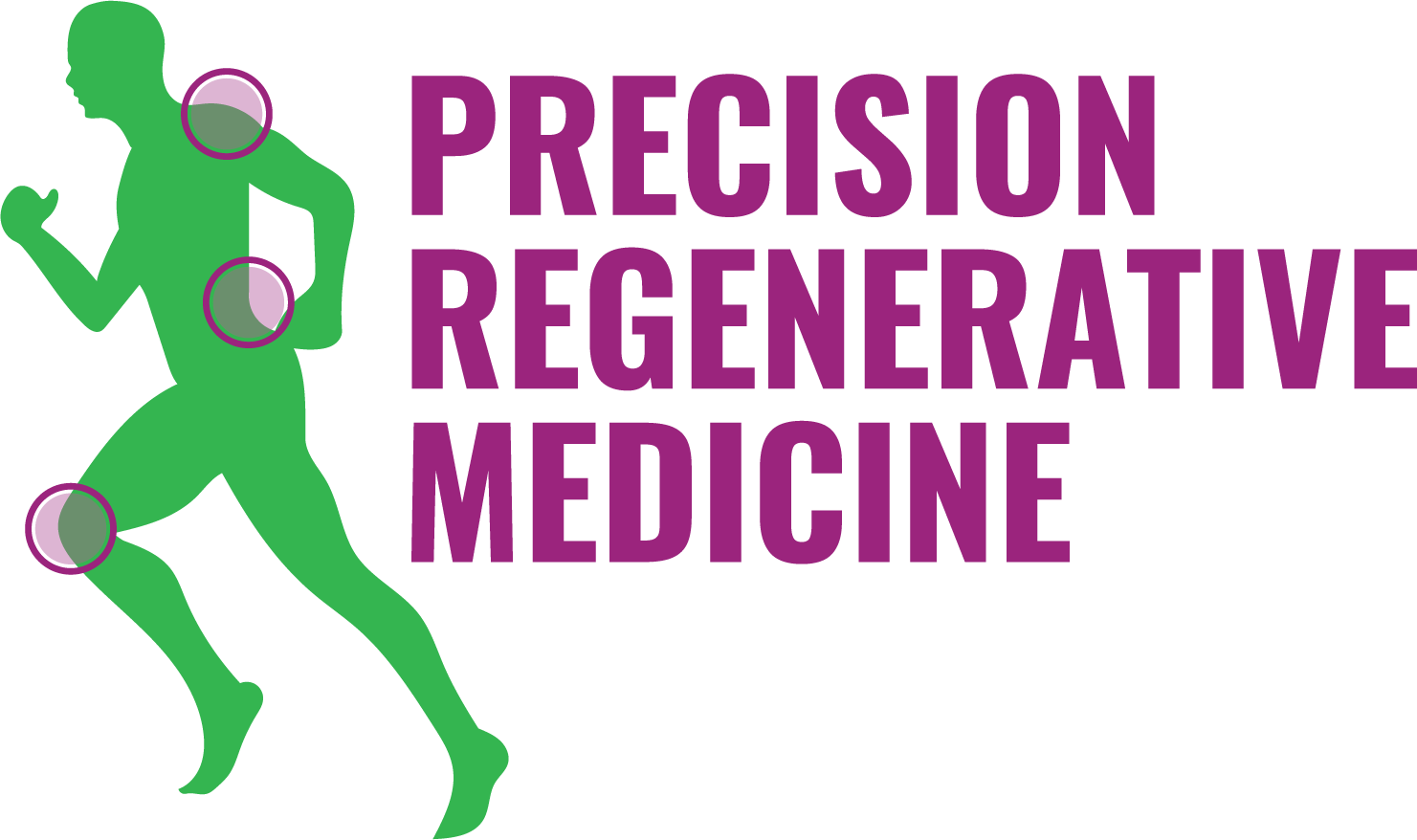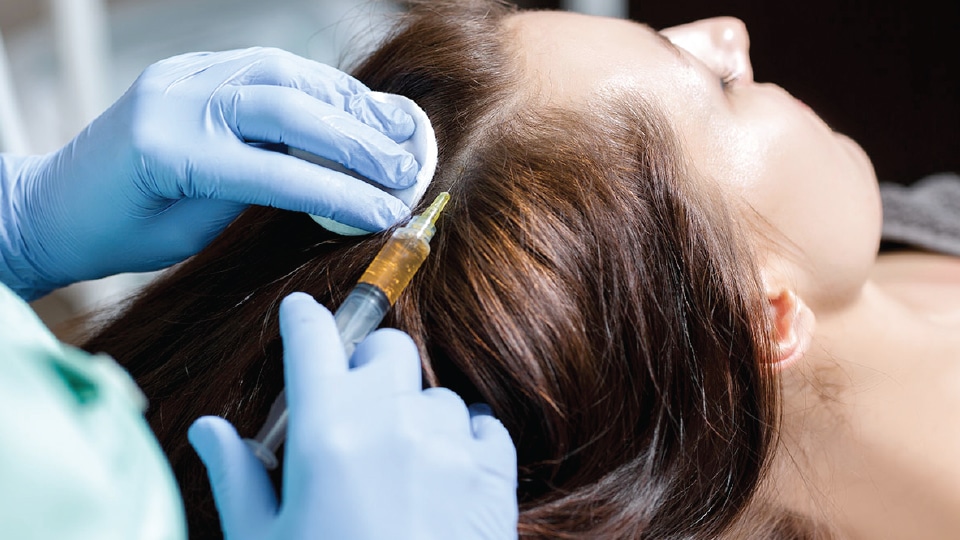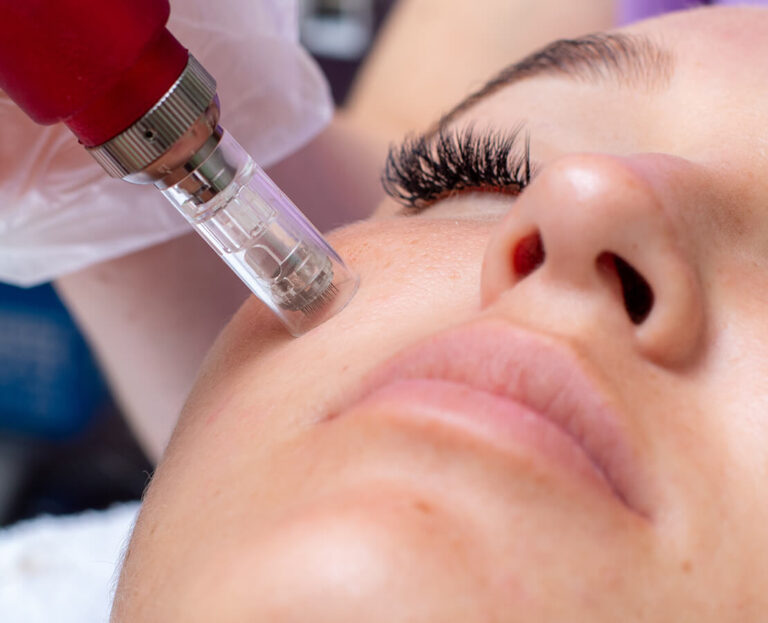Reverse Hair Loss With All-Natural PRP
If you’re losing your hair, you may feel desperate to restore it. You may have even tried pills and lotions to no avail. Thankfully, a new, all-natural treatment called platelet-rich plasma, or PRP, can help.
One of the biggest advantages of PRP therapy is that it uses your own blood, so there’s no risk of an allergic reaction. Also, according to the cosmetic surgery review site RealSelf.com, 86 percent of people who have had this procedure say it was “worth it.”
In this post, Dr. Tammy Penhollow of Precision Regenerative Medicine explains more about what you need to know about PRP and hair restoration.
What PRP is
Platelet-rich plasma, or PRP, is a revolutionary therapy that has many beneficial applications. PRP is used to treat hair loss, as well as to help your body recover more quickly from injuries and arthritis.
Platelet-rich plasma is made from a component of your own blood. Your blood actually consists of four different components: red blood cells, white blood cells, plasma, and platelets. Platelets contain growth factors, which is the science behind PRP therapy.
When we do PRP therapy, we first draw blood from your arm. Then we put the blood into a machine called a centrifuge, which spins the blood until the platelets and plasma separate from it. This results in a highly concentrated form of plasma that is extra-rich with platelets. Think of it as being a substance with amazing growth factors and healing power.
How PRP is used
After we obtain the platelet-rich plasma from your blood, we then inject it into your scalp. Typically, we inject the PRP into the areas of your scalp where your hair loss is most noticeable, usually at the front and sides. When injected deep into your scalp, PRP stimulates your hair follicles to regrow.
Most people need about three sessions of PRP to see maximum results. It tends to be most effective for androgenic alopecia, also known as hormone-related baldness. It also tends to work best in combination with another treatment, such as topical minoxidil (Rogaine®) or the oral drug finasteride (Propecia®).
PRP hasn’t yet been well-studied in hair loss due to other causes, such as stress-related hair loss or autoimmune-related hair loss.
Cautions about PRP for hair loss
Most insurance policies don’t cover the PRP therapy, and some may consider it costly (about $1,000 per treatment.)
It’s also not a painless procedure, though your experience may vary based on your personal pain tolerance level. Normal side effects include redness, pain, headaches, and temporary hair shedding.
Finally, ask your doctor if PRP is a good choice for you if you have an autoimmune condition or a history of bleeding disorders. While these conditions don’t necessarily disqualify you from getting PRP for hair loss, they are a reason that you should approach it with caution.
If you would like to learn more or to schedule an appointment for PRP for hair loss, we’d love to help you. Call our Scottsdale, Arizona office today or request an appointment online.



